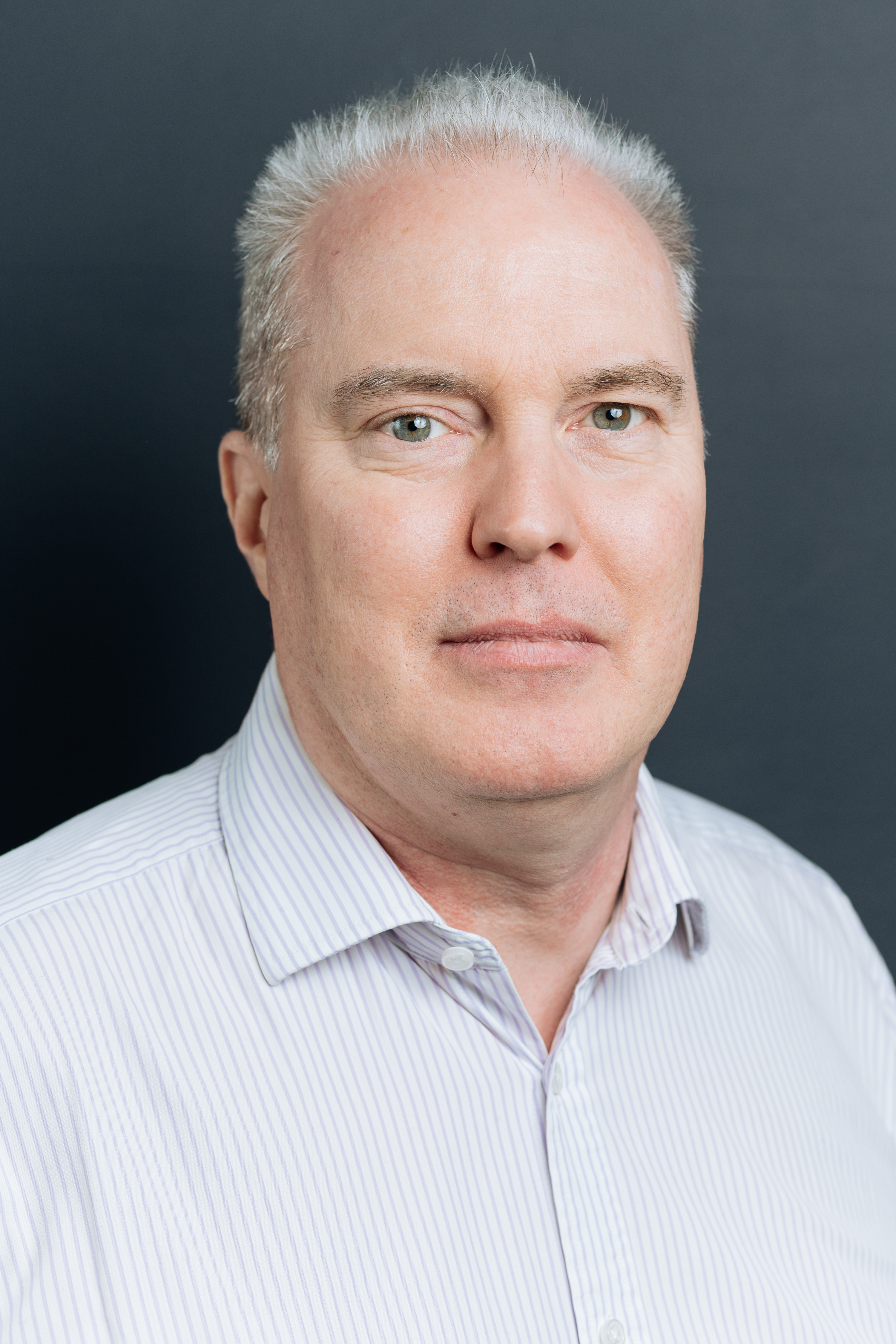The foreign exchange market doesn’t trade in a bubble.
It too is affected by new technologies and techniques designed to make the trader’s life and executions easier. Andy Coyne, Chief Executive Officer and Co-Founder of Cobalt recently spoke with Traders Magazine to discuss high-frequency trading in this asset class, how technology is evolving and how starting one’s own firm compares to working at a bulge bracket brokerage.
Traders Magazine: Describe the state of the FX market now – from a technology standpoint?
Andy Coyne: The FX market has evolved rapidly over the past decade. This has been driven by developments such as the emergence of high frequency trading, significant changes to the way liquidity is provided and the diversification of counterparties. In particular, the front office has become largely automated due to substantial investment in new technology. It now relies on complex algorithms which have increased productivity while reducing costs. The speed and efficiency at which trades can be executed between participants across the globe has been transformed.
On the other hand, the infrastructure that supports trading, the back office, has lacked investment and is still reliant on technology and processes that were designed over 25 years ago to support voice trading. As a result, current post-trade infrastructure is antiquated and unable to cope with the speed of FX execution. This has led to huge expense with global investment banks spending over USD 30 billion per year on running their operations and infrastructure. They are starting to realize the extent of these costs and are calling for more transparency around fees so they can cut costs where possible. Post-trade processing, in its current setup, poses significant operational and systemic risk for the entire FX market.
Another major issue in FX is credit management. There is an inability to allocate and manage credit at FX trading venues in real time and as a result banks are leaving themselves exposed. Many of these risk systems sit downstream and are slow; some even require manual processes. Credit is crucial to the FX market, but poor management can cause disastrous consequences for all involved.
The good news is that innovative firms are starting to take notice of these issues and are developing a number of different technologies which can help transform both the back office and credit management. An increasing number of financial institutions are realizing they are shackled by their old, legacy technology and are working with these aspiring fintechs with solutions.
TM: What is your firm’s philosophy with regards to FX trading and technology?
Coyne: There has been a huge increase in demand for technology as FX trading has increased over the past two decades and the two are now inextricably linked. This increase in volume has been fragmented across a range of venues, driving the need for better connectivity, aggregation and access to collocation. It is also increasingly coming from a new breed of counterparty with non-bank liquidity providers, reliant on new technology, growing their interaction with flow and becoming big players in the market.
Regulation, such as MiFID II, and best conduct in FX, namely the FX Global Code, have also been important factors in the drive to adopt technology. Institutions now require transparency, and this has opened up opportunities for new data providers, compliance tools, analytics and new approaches to transaction cost analysis.
As a fintech, we see technology as vital to the future of the FX market. Automation is a driving force across financial markets and is responsible for increased efficiencies, reduced costs and improvements in customer experience. However, we also see issues with the lack of standardisation which ends up costing financial institutions millions every year. Each has its own proprietary technology and systems which aren’t necessarily compatible with counterparties or fintechs, creating huge inefficiencies. At Cobalt, we believe that shared infrastructure is the key to standardizing this data and optimizing these new technologies.
TM: How is technology development different in FX than say equities or other asset classes?
Coyne: It’s difficult to say whether one market is developing better or different technology than another as it is becoming more cross-asset. Regulation like MiFID II applies the same rules across all asset classes so it no longer makes sense for firms to use different tech in different markets as this can fragment their operations. Instead, they are better using technologies to create platforms or systems that work across their business, rather than one specific market.
At Cobalt, we recognized the need for an alternative to antiquated, manual post-trade processes in FX, the market the largest and most liquid in the world, so decided to focus solely on this market. That said, our technology can work just as well across a number of asset classes.
TM: What technologies are you working on now to help FX traders or firms?
Coyne: When we started out, we initially tried out blockchain technology but found most of it unsuitable for our use case. Instead, we took the parts that worked, combined it with low latency technology, and have reengineered post-trade FX. We use a combination of low latency and shared ledger technology to deliver a shared back and middle office infrastructure which significantly reduces cost and risk for the financial markets. By creating a shared view of trade data, we free up back and middle office resources from multiple layers of reconciliation; creating one immutable record of FX transactions from which to provide multiple services. We recently completed a cost savings analysis which showed our solution is able to reduce post-trade costs by up to 80 percent. This represents billions in savings for the FX market, freeing up capital to increase liquidity and boost profits.
In addition to combatting the issues in FX post-trade, we are working on improving credit management. Built for modern, distributed electronic markets and automated trading and co-located among the main execution venues, our low latency credit management platform utilizes high-throughput technology to control credit and associated market access rules throughout the trade lifecycle in real-time. It significantly reduces risk for the entire FX market, without disrupting the traditional means of execution and, by providing accurate credit exposure, it allows for real-time credit optimization.
The solutions we have created for both post-trade and credit management create efficiencies, slash risk and unlock liquidity for traders and firms. Now that the products are ready, the next stage for us is rolling them out and onboarding large financial institutions which is currently underway.
TM: What is the future of technology in FX? Algos? AI, Machine Learning?
Coyne: A lot of the technologies you mention are already a key part of the FX market in terms of trading and analytics. I believe their importance will increase as firms and fintechs continue to find new ways to utilize them to create better insights, cost savings and efficiencies and more financial firms embrace their potential.
One technology that many people talked about as the future of finance, among many other things, was blockchain. We thoroughly tested this technology and found it mostly unsuitable for our use case which requires the capability of processing millions of FX trades. However, we took the parts that worked and created our own shared ledger technology, combined it with high performance, low latency technology and now have a solution fit to re-engineer the FX market from the ground up.
TM: How is working for yourself at Cobalt compared to Citi or one of the big firms? Is it better to be at a smaller vendor vs a larger firm – i.e. can you respond faster, cheaper to client needs?
Coyne: Having worked in a range of big firms, including Deutsche Bank, Citi and Traiana, for over 25 years, I saw the inefficiencies in post-trade processing first-hand. Around three years ago, the opportunity came about to be part of the solution which could become the market standard, Cobalt. I decided to take it on and haven’t looked back since.
There are many benefits to working at a larger firm. You have a large infrastructure including teams of people who can help with everything from finance to IT. Your job is secure, and your employer is financially strong, even if it loses a few clients. However, there is a degree of inertia within these firms and projects or recommendations can take years to get signed off, resulting in huge opportunity cost. There is also a reliance on legacy technology and a reluctance or inability to get rid of these systems, despite their cost. This is why an increasing number of finance professionals, including myself, are making the switch.
I’m very interested in technology and have a lot of expertise in the post-trade space so working at Cobalt was a no brainer for me. We don’t have the same reputation and financial backing as the previous companies I have worked for, but we do have best-in-class technology, a solution to an extremely big problem in FX and a very talented team. It’s been an incredible journey so far and I’m excited for our future as we continue to reengineer FX from the ground up.















